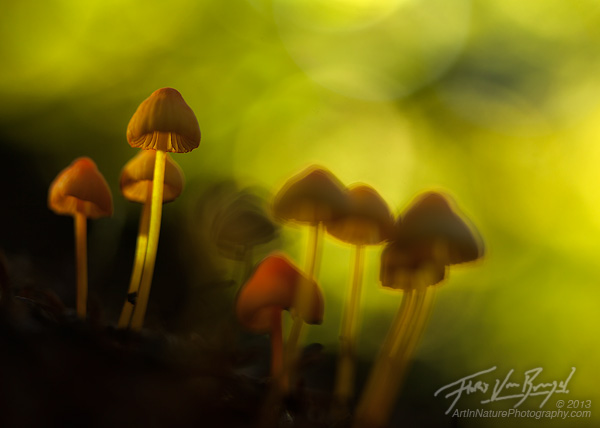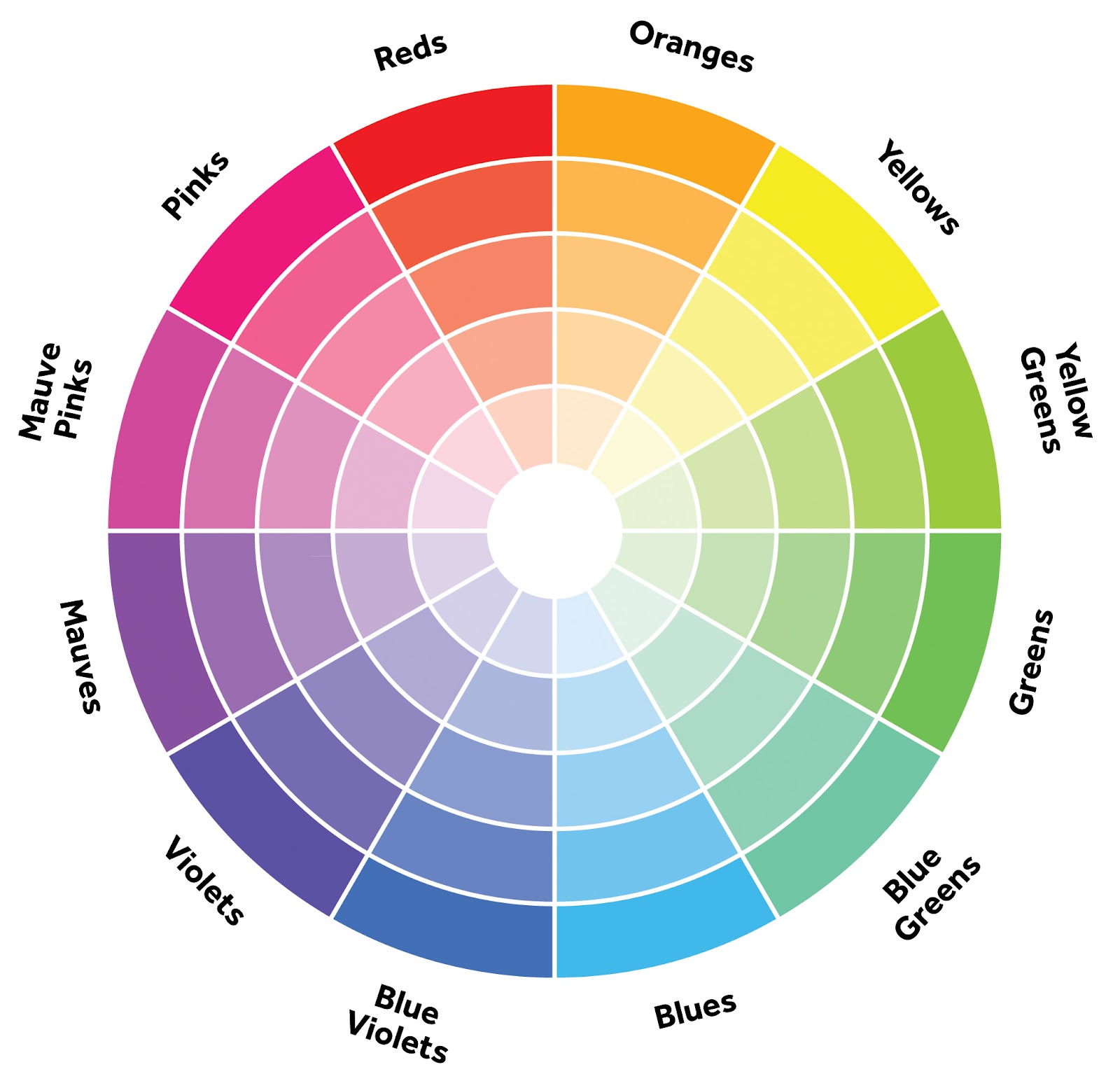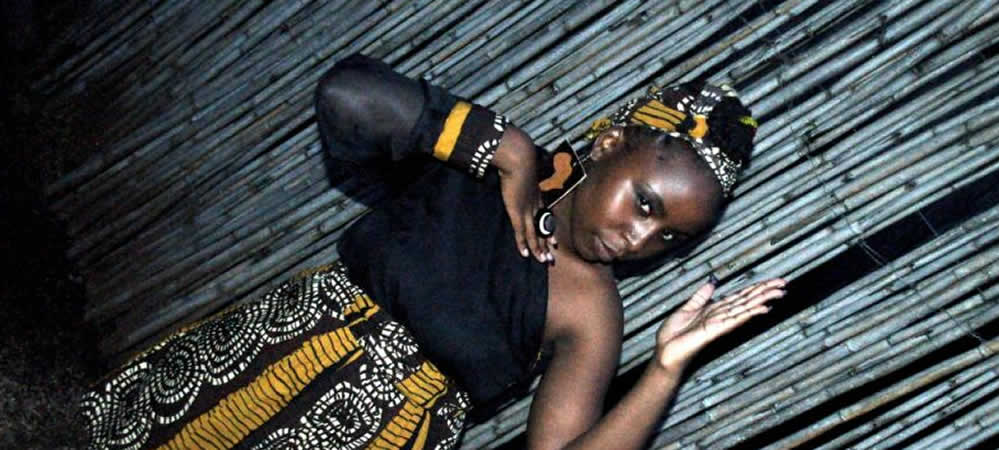The Art of Capturing Live Images
Art is all the human activities that showcases a form creativity and feasts the eyes with joyfilled visions.Many people adore, appreciate and practice any form of the art that they prefer.Few of the various forms of art includes painting, sculpting ,printmaking ,calligraphy and so on.
Photography has been a prominent form of art in the modern society.Photography has become so diverse that there are a lot communities, institutes and courses that teach and practice the art of photography, thereby taking the art to new frontiers.
Fine art photography is photography created in accordance with the vision of the artist as photographer. Fine art photography stands in contrast to representational photography, such as photojournalism, which provides a documentary visual account of specific subjects and events, literally re-presenting objective reality rather than the subjective intent of the photographer; and commercial photography, the primary focus of which is to advertise products or services.
One photography historian claimed that “the earliest exponent of ‘Fine Art’ or composition photography was John Edwin Mayall, “who exhibited daguerrotypes illustrating the Lord’s Prayer in 1851”. Successful attempts to make fine art photography can be traced to Victorian era practitioners such as Julia Margaret Cameron, Charles Lutwidge Dodgson, and Oscar Gustave Rejlander and others. In the U.S. F. Holland Day, Alfred Stieglitz and Edward Steichen were instrumental in making photography a fine art, and Steiglitz was especially notable in introducing it into museum collections.
Photography Before the Invention of Cameras:
The discovery of the camera obscura that provides an image of a scene dates back to ancient China. Leonardo da Vinci mentions natural cameras obscura that are formed by dark caves on the edge of a sunlit valley. A hole in the cave wall will act as a pinhole camera and project a laterally reversed, upside down image on a piece of paper. So the birth of photography was primarily concerned with developing a means to fix and retain the image produced by the camera obscura.The first success of reproducing images without a camera occurred when Thomas Wedgwood, from the famous family of potters, obtained copies of paintings on leather using silver salts. Since he had no way of permanently fixing those reproductions (stabilizing the image by washing out the non-exposed silver salts), they would turn completely black in the light and thus had to be kept in a dark room for viewing.Renaissance painters used the camera obscura which, in fact, gives the optical rendering in color that dominates Western Art. The camera obscura literally means “dark chamber” in Latin. It is a box with a hole in it which allows light to go through and create an image onto the piece of paper.
The First Camera(1820):
Invented in the first decades of the 19th century, photography (by way of the camera) seemed able to capture more detail and information than traditional media, such as painting and sculpting. Photography as a usable process goes back to the 1820s with the development of chemical photography.Photography at that era was a very slow process, it took eight hours to develop a picture.A lot of research was then carried on to improve photography.
Monochromatic Era(1800s-1940):
All photography was originally monochrome, or black-and-white. Even after color film was readily available, black-and-white photography continued to dominate for decades, due to its lower cost and its “classic” photographic look. The tones and contrast between light and dark shadows define black and white photography. It is important to note that some monochromatic pictures are not always pure blacks and whites, but also contain other hues depending on the process. The cyanotype process produces an image composed of blue tones. The albumen process, first used more than 150 years ago, produces brown tones.Many photographers continue to produce some monochrome images, often because of the established archival permanence of well processed silver halide based materials. Some full color digital images are processed using a variety of techniques to create black and whites, and some manufacturers produce digital cameras that exclusively shoot monochrome.
Introduction to Color(mid twentieth century):
Kodachrome, the first modern “integral tripack” (or “monopack”) color film, was introduced by Kodak in 1935. It captured the three color components in a multilayer emulsion. One layer was sensitized to record the red-dominated part of the spectrum, another layer recorded only the green part and a third recorded only the blue. Without special film processing, the result would simply be three superimposed black-and-white images, but complementary cyan, magenta, and yellow dye images were created in those layers by adding color couplers during a complex processing procedure.Agfa’s similarly structured Agfacolor Neu was introduced in 1936. Unlike Kodachrome, the color couplers in Agfacolor Neu were incorporated into the emulsion layers during manufacture, which greatly simplified the processing. Currently available color films still employ a multilayer emulsion and the same principles, most closely resembling Agfa’s product.Instant color film, used in a special camera which yielded a unique finished color print only a minute or two after the exposure, was introduced by Polaroid in 1963.
Digital Photography(from 1980 and beyond):
In 1981, Sony unveiled the first consumer camera to use a charge-coupled device for imaging, eliminating the need for film: the Sony Mavica. While the Mavica saved images to disk, the images were displayed on television, and the camera was not fully digital. In 1991, Kodak unveiled the DCS-100 , the first commercially available digital single lens reflex camera. Although its high cost precluded uses other than photojournalism and professional photography, commercial digital photography was born.Digital imaging uses an electronic image sensor to record the image as a set of electronic data rather than as chemical changes on film.An important difference between digital and chemical photography is that chemical photography resists photo manipulation because it involves film and photographic paper, while digital imaging is a highly manipulative medium. This difference allows for a degree of image post-processing that is comparatively difficult in film-based photography and permits different communicative potentials and applications.





